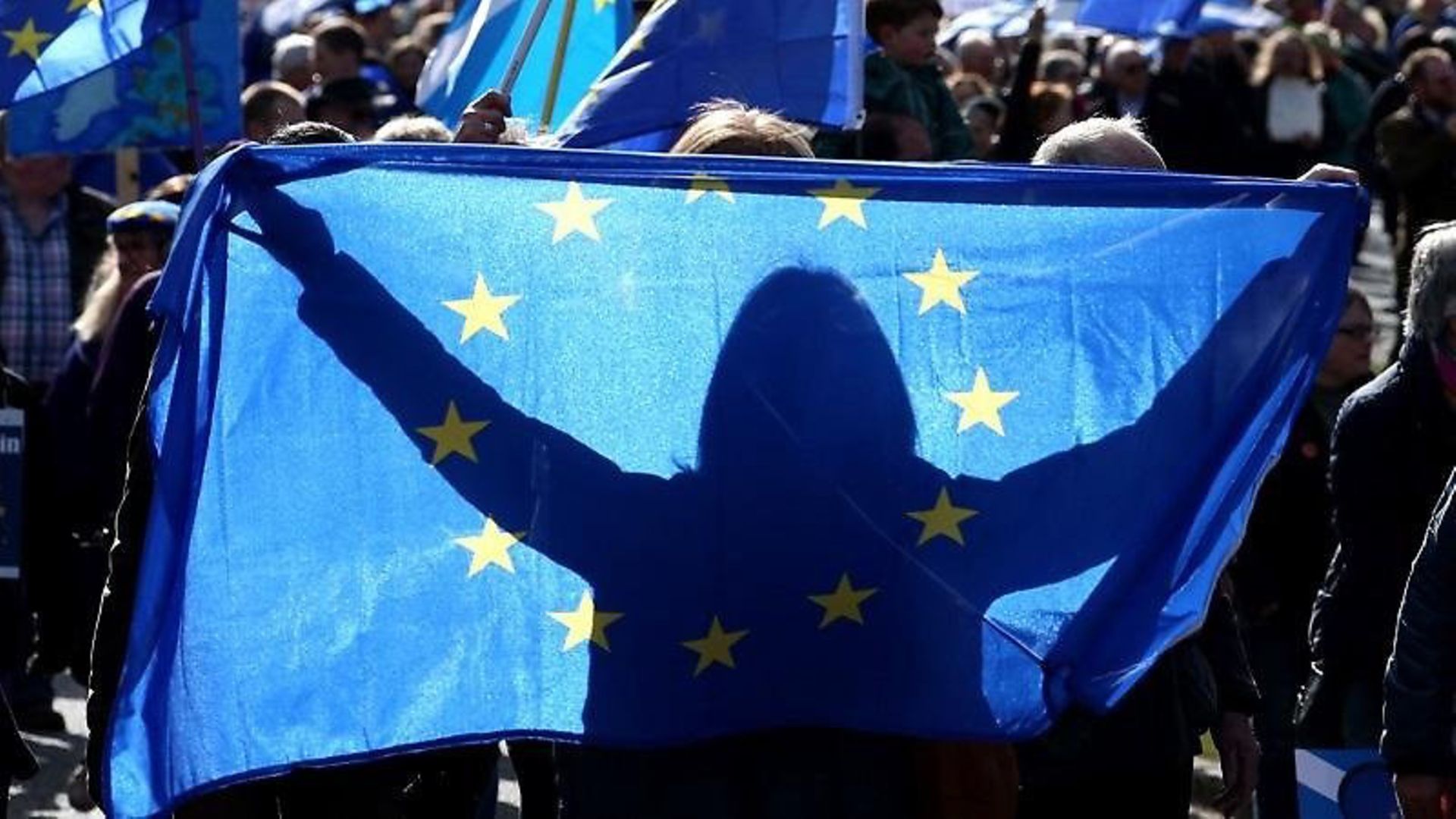
The deadline for the post-Brexit trade talks between the EU and the United Kingdom UK looms, and with it concerns about a no-deal. The outcome is being closely monitored in South Africa – and elsewhere – where it will have significant implications.
The EU as a regional bloc is South Africa’s largest trade partner, and South Africa is the EU’s biggest trade partner in Africa. The country has longstanding and extensive trade relations with the UK. Prior to leaving, the UK was South Africa’s second largest EU trade partner after Germany. The UK is also South Africa’s fourth biggest market for exports, behind only China, Germany and the US.
Until now, the UK has traded with South Africa under an economic partnership agreement (EPA) between the EU and some member states of the Southern African Development Community (SADC). The EU-SADC EPA entered into force in October 2016. Under the agreement, the EU has fully or partially eliminated custom duties for South African exports, except for aluminium and various agricultural products.
The EU-SADC EPA specifies rules of origin to fulfil in order for products to obtain preferential market access. Rules of origin refer to the criteria used to determine the national source of a product. The agreement provides for trade remedies to tackle unfair practices. It also contains safeguard measures to increase import duties where a surge in imports unduly threatens to cause serious harm to the domestic market.
With the UK now outside the EU, it will no longer be part of that EPA. To prevent disruption to trade, the Southern African customs union (SACUM) nations struck a deal with the UK in 2017. Countries covered are South Africa, Botswana, Lesotho, Namibia, and Eswatini, plus Mozambique. The agreement in principle was that SACUM and the UK will carry over the terms of the provisions of the EU-SADC EPA into a new bilateral trade agreement. The roll-over was intended to ensure continuity in trade ties after Brexit.
Following two years of negotiations, a new agreement, the SACUM-UK EPA, was concluded in September 2019. In essence, this entailed a transfer of the terms of the SADC-EU EPA into the new SACUM-UK EPA. These terms cover rules for: trade in goods; preferential tariff rates on all sides; trade remedies; technical standards for health and safety for agricultural and industrial products; protection of South African and UK’s geographical indications; and dispute settlement.
But, there were some issues that needed further discussion and resolution. These are tariff-rate quotas, and the sourcing of inputs from across the EU region into production for export. There’s also the treatment of bilateral safeguard measures, other transitional arrangements, geographical indications, and the built-in agenda.
SACUM countries are entitled to duty and quota-free access for their exports under the EU-SADC EPA. Given the developed nature of its economy, South Africa enjoys less favourable treatment for some of its agricultural, fish and aluminium exports. A new trade provision was agreed that allowed SACUM nations and the UK to source
and use EU inputs for production to export to each other’s markets. This ensured the continuity of integrated value chains across South Africa, the EU and the UK, particularly in the automobile industry.
An agreement was also reached on a built-in agenda to address areas of interest in future that could not be resolved during the negotiations. These include market access issues, regional cumulation, export taxes, technical barriers to trade, geographical indications, and electronic certification.
There has been a great deal of anxiety on the part of SACUM countries about the final outcome of the EU-UK trade talks, and the impact this will have on trade between SACUM nations and the UK. A deal between the EU and the UK will help reinforce the certainty and continuity that the SACUM-UK agreement seeks to achieve when the UK exits the EU customs area. If the EU and the UK are unable to agree on any deal, their relationship will be regulated by the World Trade Organisation. This means the UK will be treated as any trading nation that does not enjoy preferential trade with the EU.
In this scenario, the SACUM-UK arrangement will be preserved, but it will also introduce new complications in trade and uncertainty concerning how certain issues, such as the level and quantity of local inputs in the production of motor cars in South Africa for export to the EU and UK markets, will be addressed. A deal between the EU and the UK, therefore, will be the most preferable outcome for SACUM countries.
Mills Soko is a professor at Wits Business School, University of the Witwatersrand.
This article also appears on The Conversation here
Warning: Illegal string offset 'link_id' in /mnt/storage/stage/www/wp-includes/bookmark.php on line 357
Notice: Trying to get property 'link_id' of non-object in /mnt/storage/stage/www/wp-includes/bookmark.php on line 37






